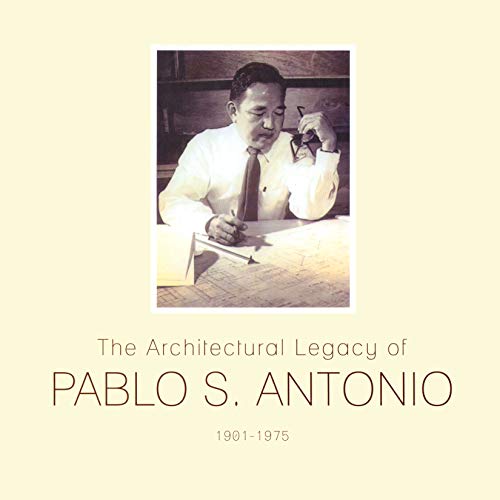The Architectural Legacy of Pablo S. Antonio
The Architectural Legacy of Pablo S. Antonio
Francis R. Antonio, Luis R. Antonio, Pablo R. Antonio Jr, Ramon R. Antonio, Vickey Veloso-Barrera, Dominic Galicia, Gerard Lico, Manuel Maximo Lopez del Castillo-Noche, Manuel R. Paterno Jr, Alfredo Roces, Augusto F. Villalon
Couldn't load pickup availability
Share
The story of Pablo S. Antonio (1901-1975) is inspiring both as a story of the man himself and the brand of tropical architecture that led him to being named National Artist for Architecture in the Philippines in 1976. Antonio, an orphan, went to school in slippers but persevered to complete a night high school education by taking a daytime job at the Bureau of Public Works. This gave him an early foundation in engineering. He was able to enroll himself at the Mapua Institute for Technology for architecture but when the Legislative Building (now the National Museum), he dropped out to work there instead. He knew that this building which was being constructed by the Santa Clara Lumber and Hardware Company, would be an excellent place to learn the latest building techniques. The Santa Clara company was the first Filipino construction company allowed to build in American times. Antonio caught the eye of one of its partners, Engineer Ramon Arevalo, who financed his education in architecture at the University College of London. He completed the course in three years due to his practical experience and returned to Manila to create one masterpiece after another. Antonio’s story is one of hard work and determination that is so appropriate and inspiring in these difficult times.
Published in 2013 by Reyes Publishing, Inc.
125 pages


